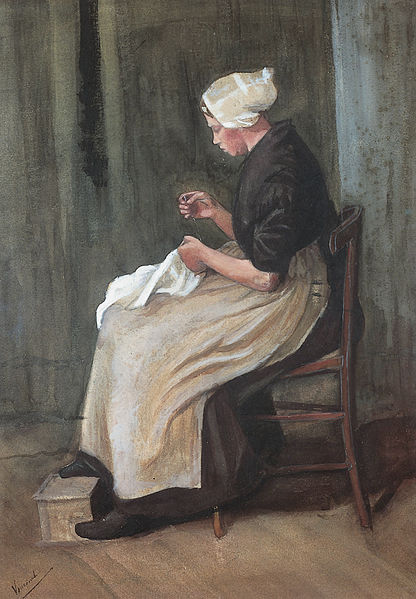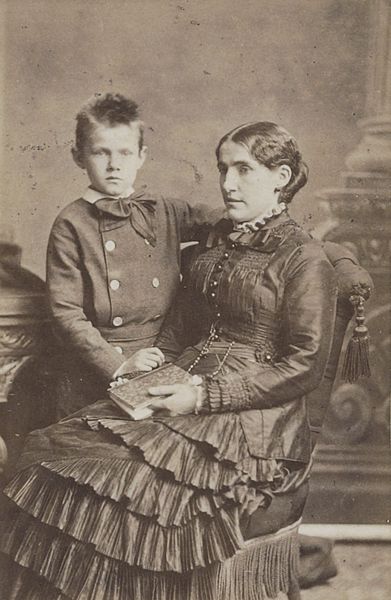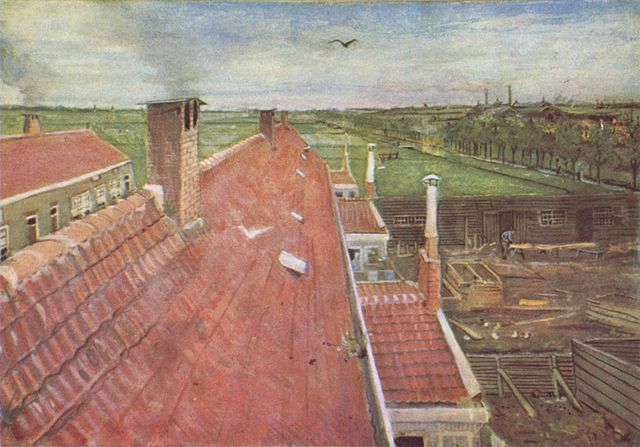Portraits by Vincent van Gogh
Vincent van Gogh lived during the Impressionist era. With the development of photography, painters and artists turned to conveying the feeling and ideas behind people, places, and things rather than trying to imitate their physical forms. Impressionist artists did this by emphasizing certain hues, using vigorous brushstrokes, and paying attention to highlighting. Vincent van Gogh implemented this ideology to pursue his goal of depicting his own feelings toward and involvement with his subjects. Van Gogh's portraiture focuses on color and brushstrokes to demonstrate their inner qualities and Van Gogh's own relationship with them.
Portrait of Jozef Blok (bookseller), watercolor, 1882, Van Gogh Museum, Amsterdam (F993)
Woman Sewing Watercolor, 1881–82, P. and N. de Boer Foundation, Amsterdam (F869)
Fisherman on the Beach, 1882, Kröller-Müller Museum, Otterlo (F5)
Fisherman's Wife on the Beach, 1882, Kröller-Müller Museum, Otterlo (F6)
Vincent Willem van Gogh was a Dutch Post-Impressionist painter who is among the most famous and influential figures in the history of Western art. In just over a decade, he created approximately 2100 artworks, including around 860 oil paintings, most of them in the last two years of his life. His oeuvre includes landscapes, still lifes, portraits, and self-portraits, most of which are characterized by bold colors and dramatic brushwork that contributed to the rise of expressionism in modern art. Van Gogh's work was beginning to gain critical attention before he died at age 37, by what was suspected at the time to be a suicide. During his lifetime, only one of Van Gogh's paintings, The Red Vineyard, was sold.
Self-Portrait, c.1887, Art Institute of Chicago
Van Gogh's home in Cuesmes; while there he decided to become an artist
Kee Vos-Stricker with her son Jan c. 1879–80
Rooftops, View from the Atelier The Hague, 1882, private collection








